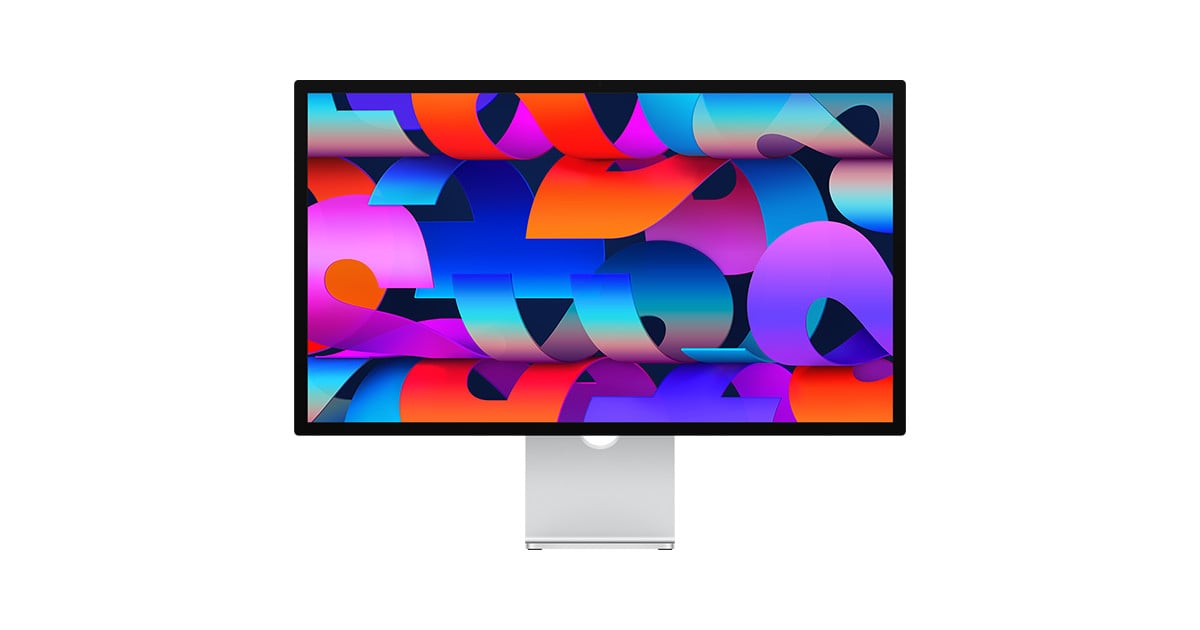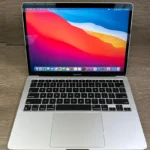Ultrawide monitors are changing the way Mac users interact with their technology. They offer a broader work area without the need for multiple screens, which is ideal for various tasks such as video editing, spreadsheets, and multitasking across several applications. Mac users especially value the alignment between the monitor’s high resolution and their system’s visual capabilities. This synergy ensures that the display is sharp, colors are true, and graphics perform their best.
Choosing the right ultrawide monitor for a Mac involves consideration of key features like resolution, connectivity options, and color accuracy. Technologies such as Thunderbolt 3 connectivity and color gamut coverage come into play. They guarantee smooth integration with Mac systems and provide the user with a seamless and immersive experience. It’s important for buyers to understand their specific needs, whether it’s for professional creative work, gaming, or general productivity, to make an informed choice.
In selecting an ultrawide monitor for a Mac, the sheer width of the screen isn’t the only aspect to think about. The monitor should enhance workflow, complement the device’s aesthetic, and connect easily with minimal setup. It’s this combination of functional benefits and ease of use that makes an ultrawide monitor a valuable investment for the discerning Mac user.
1. Do Macs Support Ultrawide Monitors?
✅ Yes — modern Macs (Intel and Apple Silicon: M1, M2, M3, and M4) support ultrawide monitors.
⚠️ However, macOS often struggles with non‑standard resolutions like 3440×1440 or 5120×2160 (5K2K). This can result in:
- Blurry text due to poor scaling.
- Monitor not being recognized at full resolution.
- Limited refresh rate support.
2. Common Compatibility Issues
According to user reports and Apple discussions:
- M4 MacBook Pro users have reported trouble connecting to monitors like the Samsung Odyssey G9 (source: Apple Community).
- 5K2K ultrawides (e.g., LG 40WP95C, Dell U4021QW) sometimes don’t display at native resolution without tweaks (source: CodingMall).
- Some monitors default to scaled or stretched modes instead of sharp HiDPI modes.
3. How to Improve Compatibility
Here are steps to get the best performance:
✅ Use the Right Cable/Port
- Prefer Thunderbolt 3/4 (USB‑C) or DisplayPort over HDMI.
- HDMI on Macs often limits refresh rates (sometimes capped at 30Hz on ultrawides).
✅ Enable HiDPI Scaling
- macOS doesn’t always offer HiDPI modes for ultrawides.
- Use a tool like BetterDummy or SwitchResX to create custom scaled resolutions for sharper text.
✅ Check Refresh Rate
- Go to System Settings → Displays → Advanced and set the highest refresh rate supported (60Hz, 120Hz, etc.).
✅ Update macOS & Firmware
- Apple occasionally fixes display bugs in macOS updates.
- Check your monitor’s manufacturer site for firmware updates.
4. Best Ultrawide Monitors for Macs (2025 Picks)
Based on reviews and compatibility reports (sources: KnowYourMobile, WirelessSpark):
- LG 40WP95C‑W → 5K2K ultrawide, excellent macOS scaling, Thunderbolt 4 support.
- Dell U4021QW → 40” ultrawide, sharp text, works well with MacBooks.
- BenQ EX3501R → Affordable 3440×1440 option, good for general use.
- Samsung Odyssey G9 → Works, but may require tweaking to achieve full resolution/refresh rate.
5. Tips for Smooth Setup
- Close the lid (clamshell mode) if using only the ultrawide monitor — this can force macOS to render at the external display’s resolution.
- Use DisplayPort over USB‑C if your monitor supports it — better bandwidth.
- Consider scaling trade‑offs: ultrawides often look best at native resolution, but text may appear smaller.
✅ Quick Summary
- Macs support ultrawides, but scaling and resolution issues are common.
- Use Thunderbolt/DisplayPort, not HDMI, for best results.
- Tools like BetterDummy can fix blurry text.
- Some ultrawide monitors (LG, Dell) are more Mac‑friendly than others.
Key Takeaways
- Ultrawide monitors offer wide viewing areas for productive multitasking on Macs.
- Key features like resolution and color accuracy are crucial for compatibility with Macs.
- Proper selection relies on matching the monitor’s traits with the user’s specific needs.
Key Features and Technologies
When choosing an ultrawide monitor for a Mac, there are several key features and technologies to consider. These include resolution and panel types, connectivity, design, color standards, extra features, and adaptive technologies.
Resolution and Panel Types
Ultrawide monitors for Macs often feature resolutions like 4K or 5K across a range of panel types including IPS, VA, and TN. The IPS panels provide great color and wide viewing angles. VA panels offer higher contrast ratios. TN panels have faster response times but may lack in color performance.
Connectivity and Compatibility
These monitors typically support Thunderbolt 3 and USB-C, which can carry data, video signals, and power over a single cable. MacBooks with Thunderbolt 3 ports can thus connect easily with minimal cable clutter. Some monitors also include HDMI and DisplayPort connections.
Design and Ergonomics
Monitors come with various design elements and ergonomic features. Adjustable stands offer tilt, swivel, and height adjustments. These adaptations ensure comfort and a better fit for desk space. Slim bezels and curved screens are common, enhancing the overall viewing experience.
Color Accuracy and Standards
Color accuracy is crucial for content creation. Many ultrawide monitors support color spaces like sRGB and DCI-P3 and offer features like HDR, which expand the color range and contrast. Monitors with high color accuracy make them suitable for professional photo and video editing.
Extra Features
Extra features like built-in speakers, webcams, and USB hubs add convenience. By integrating these, users can reduce desk clutter. Some models might also include Ethernet ports for network connectivity.
Adaptive Technologies
Adaptive sync technologies like AMD Freesync reduce screen tearing and stuttering. This is important for smooth video playback and gaming. Monitors capable of high refresh rates, when paired with compatible Macs, can also improve the smoothness of the on-screen action.
Selecting the Right Ultrawide Monitor for Mac
Choosing the perfect ultrawide monitor for your Mac involves considering specific use cases and compatibility. Let’s break it down by category to find the best fit for your needs and budget.
Professional Use Cases
For professionals like video editors and designers, monitor specifications such as resolution and color accuracy are critical. A 4K or 5K resolution is often preferred for detailed work. Monitors like the Apple Pro Display XDR offer high fidelity visuals and a broad color spectrum, essential for content creation.
Entertainment and Media
When entertainment is a priority, look for monitors with HDR support and high nits for brightness to enhance the viewing experience. Gamers benefit from monitors with low response times and high refresh rates, like the LG 40WP95C-W, which enriches the gaming experience with smooth visuals.
Multitask and Productivity
Effective multitasking requires ample screen real estate. Monitors with WQHD or 4K resolution allow for scaling multiple windows without losing clarity. A wider monitor means professionals can have several documents open side-by-side, increasing productivity. An ultrawide monitor transforms a workspace into a more versatile environment.
Mac Compatibility Guide
Compatibility is key for a seamless experience. Newer Mac models like the M1, M2, MacBook Pro, or Mac Mini may require monitors that support Thunderbolt or USB-C inputs for easy connectivity. Ensure the chosen monitor has the right ports and software support for your Mac.
Budget Considerations
On a budget, you still have options without sacrificing quality. A WQHD 1440p monitor offers a balance between cost and resolution. Budget monitors may not have the cutting-edge features of their premium counterparts but can still provide a satisfactory experience for general work and productivity tasks.







